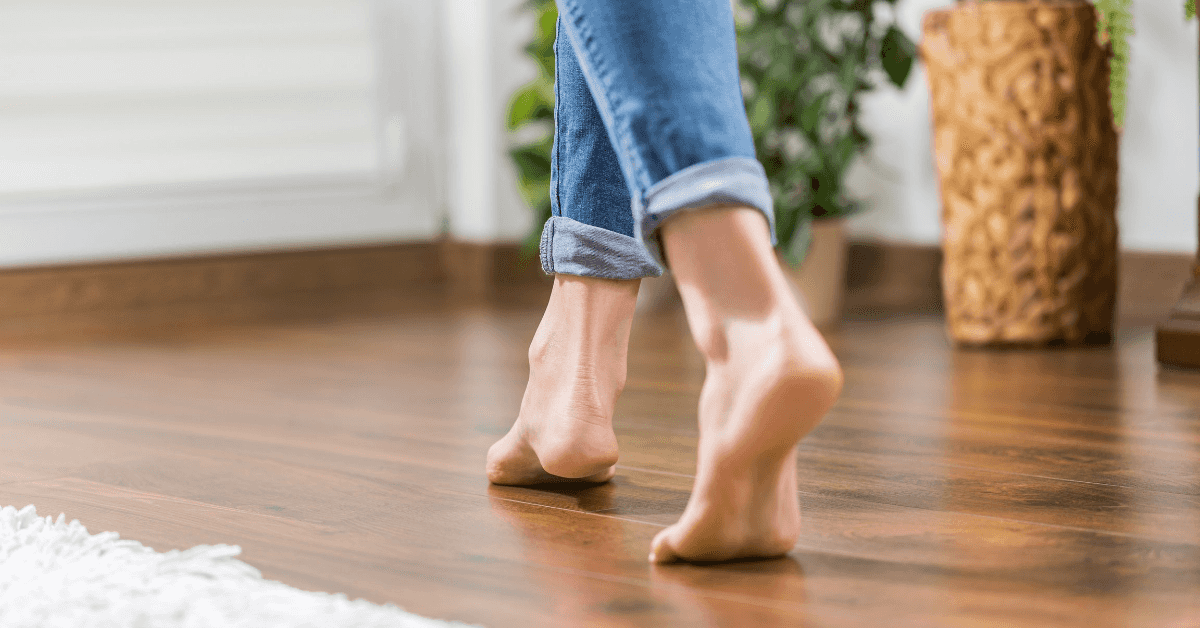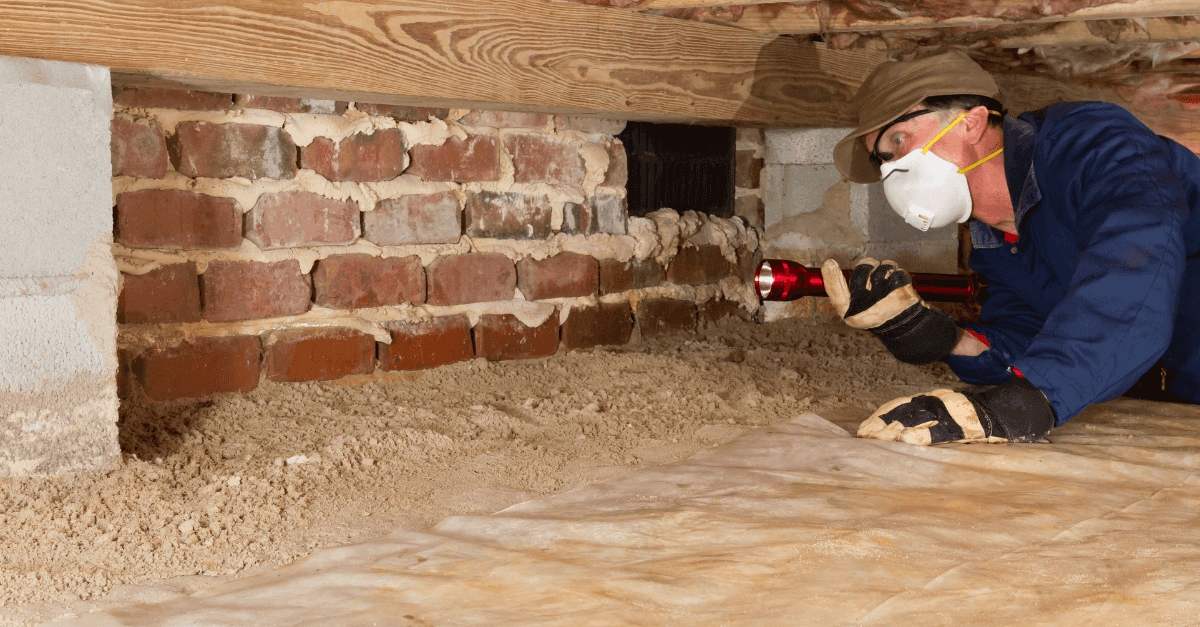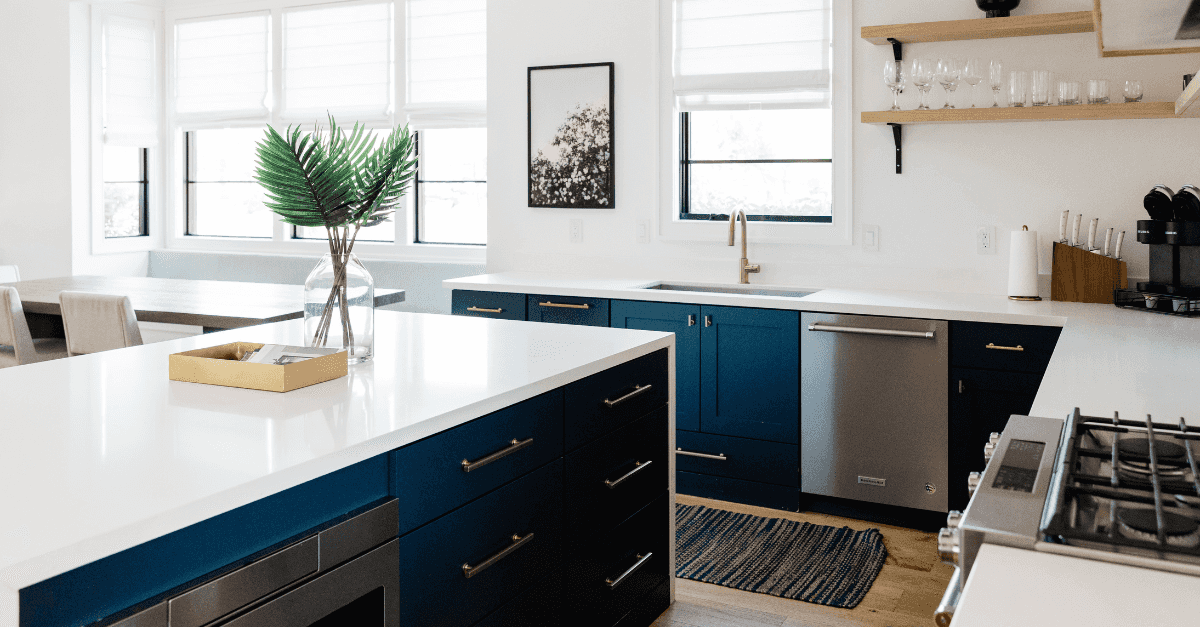Are your floors sagging? Here is what you need to do … now!

Older homes have a lot of charm and personality, but they could have a host of hidden problems too. One of the most common issues old-home owners grapple with is sagging floors.
A floor that sags or dips causes walls to crack, doors to jam, windows to bind, and furniture to wobble. What’s worse is it can shave off a significant portion of your asking price.
Fortunately, in most cases, corrective steps can be taken to fix sagging floors. Below, we will look at the signs, causes, and what to do immediately after discovering the problem.
Signs of Sagging Floors In Your Home
Here are the telltale signs of sagging floors.
- Problematic Windows and Doors – Your windows and doors should fit snugly. When they start becoming too loose or too tight, it could be a sign that your floors aren’t level.
- Imbalanced Furniture – When multiple pieces of furniture begin to wobble, and you have to improvise to keep your tables and chairs sitting evenly, you know you have a problem with your floors.
- Gaps or Cracks in Walls and Corners – If gaps are showing up between the floor and interior walls, or cracks are appearing on your home’s interior walls, particularly around door frames, it could be a sign your floors are dipping.
- Bouncy and Squeaky Floor – If your floors are springy or squeaky as someone walks across the room or lampshades rattle or glasses clink, your floors could be uneven.
What are the Causes of Sagging Floors?
Wondering what causes your floors to sag? Here are a few possible reasons.
- Damaged Posts – The floor of a standard room consists of long joists supported by a central beam, supported by a series of evenly placed posts. When multiple posts shift, degrade, rot, or get damaged by moisture or wood-eating insects, the central beam will begin to sag, causing the floor above it to dip.
- Insufficient Support – The posts that support the beam might be in good condition but be too far apart or too few to adequately support the beam. Without enough support, the flooring above will begin to bow.
- Poorly Compacted Fill Soil – If the fill soil wasn’t compacted well before laying the foundation, it begins to compress under the weight of your home, causing settlement, which weakens the beam’s integrity. Erosion around the posts, standing water, or age can also cause settling.
- Heavy Load – Installing new appliances, large furniture pieces, or new structural additions like a fireplace adds extra weight and stress to the floor joists. Your floors will sag if you exceed the weight they were designed to handle.
What You to Do if You Have Sagging Floors
It’s possible to correct these sagging floors so you can stop further damage, end the bounce, silence the squeaks and get your doors opening smoothly again. However, repairing a sagging floor takes time.
If you push the floor up too quickly, cracks will start appearing throughout your home, accompanied by other issues elsewhere on the floor. Ideally, it should take you several days to correctly apply a fix.
Here’s what to do immediately you notice the problem, plus several methods of repairing sagging floors.
- Get Your Floor Inspected – Sagging floors are almost always a sign of a deeper structural problem. While it’s possible to perform an inspection yourself, the job is better left to a trained professional. A licensed flooring expert has the skill to pinpoint the underlying problem and determine the best course of action.
- Sister the Joists – Sistering is something you can handle yourself, but it’s still better done by an expert. The process involves fastening an identical piece of wood to your sagging joists using bolts, nuts, and washers, so the new piece of wood can support the weaker ones. Plumbing and wiring may have to be relocated to attach the sister joists.
- Add Metal Bridging – Bridging, also called X-bracing, allows joists to share the weight. First, check whether the original bridging is loose. If loose, secure it with nails. Next, get steel bridges that fit the spaces between your joists and add a new row on each side of the existing bridging. If there is no bridging in the center of the span, install a row there as well.
- Install Blocking – To stop the sag and bounce, install blocking that fits snugly perpendicular to the joists. Measure the distance between parallel joists, cut solid wood pieces that are the same width as the joists. Use a hammer to tap them into place between the joists, then use nails on both sides to secure each block to the two parallel joists.
- Jack Up the Floor – If your floors are sagging because of poor structural design, the best solution might be to install structural jack posts. These support pillars are gradually raised to slowly apply pressure under the sagging beams.
Remember that the pressure needed to prop up the bowing floor transfers the weight down to the floor, where the pillars rest. So, install a concrete footing on the foundation to act as a pillar base.
Note: Before attempting to fix a sagging floor, make sure you handle any moisture issue in your crawl space, dry it out, and seal off the area to prevent future leaks.
Got Sagging Floors? Don’t Put it Off!
Although generally only an annoyance, sagging floors can pose a severe threat to your home and its foundation. To preserve the charm, value, and structural integrity of your home, spring into action immediately you notice any signs of a bowing floor.
Get in touch with a qualified professional to evaluate and tackle the sagging floor problem before things get out of hand.


